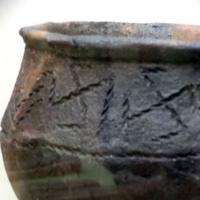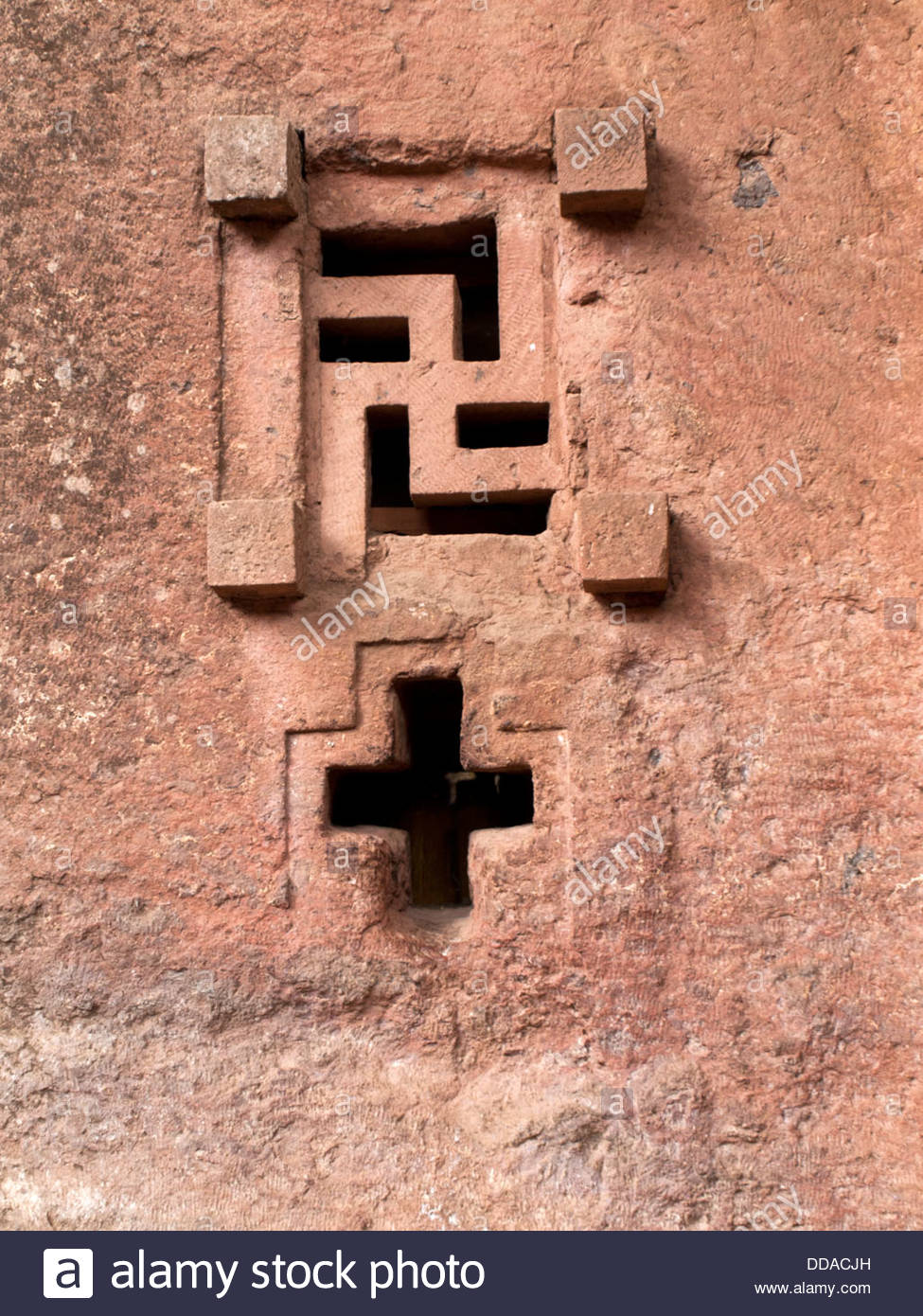- My Forums
- Tiger Rant
- LSU Recruiting
- SEC Rant
- Saints Talk
- Pelicans Talk
- More Sports Board
- Fantasy Sports
- Golf Board
- Soccer Board
- O-T Lounge
- Tech Board
- Home/Garden Board
- Outdoor Board
- Health/Fitness Board
- Movie/TV Board
- Book Board
- Music Board
- Political Talk
- Money Talk
- Fark Board
- Gaming Board
- Travel Board
- Food/Drink Board
- Ticket Exchange
- TD Help Board
Customize My Forums- View All Forums
- Show Left Links
- Topic Sort Options
- Trending Topics
- Recent Topics
- Active Topics
Started By
Message
re: History scrubbing - what's the next to go?
Posted on 8/17/17 at 9:15 am to The Pirate King
Posted on 8/17/17 at 9:15 am to The Pirate King
The better question is what has already been scrubbed from our collective knowledge
Uncomfortable, but timely example:
bbc


 [/img]
[/img]

Uncomfortable, but timely example:
bbc
quote:
How the world loved the swastika - until Hitler stole it
quote:
In the Western world the swastika is synonymous with fascism, but it goes back thousands of years and has been used as a symbol of good fortune in almost every culture in the world. As more evidence emerges of its long pre-Nazi history in Europe, can this ancient sign ever shake off its evil associations?
In the ancient Indian language of Sanskrit, swastika means "well-being". The symbol has been used by Hindus, Buddhists and Jains for millennia and is commonly assumed to be an Indian sign.
Early Western travellers to Asia were inspired by its positive and ancient associations and started using it back home. By the beginning of the 20th Century there was a huge fad for the swastika as a benign good luck symbol.
quote:
If you want to see just how deeply rooted the swastika pattern is in Europe, a good place to start is Kiev where the National Museum of the History of Ukraine has an impressive range of exhibits.
Mammoth tusk bird figurineImage copyrightMUKTI JANE CAMPION
Among the museum's most highly prized treasures is a small ivory figurine of a female bird. Made from the tusk of a mammoth, it was found in 1908 at the Palaeolithic settlement of Mezin near the Russian border.
On the torso of the bird is engraved an intricate meander pattern of joined up swastikas. It's the oldest identified swastika pattern in the world and has been radio carbon-dated to an astonishing 15,000 years ago. The bird was found with a number of phallic objects which supports the idea that the swastika pattern was used as a fertility symbol.


quote:
The Church of St. George (Amharic: Bete Giyorgis?) is one of eleven rock-hewn monolithic churches in Lalibela, a city in the Amhara Region of Ethiopia. Originally named Roha (Warwar), the historical and religious site was named Lalibela after the King Gebre Mesqel Lalibela of the Zagwe dynasty, who commissioned its construction. He is regarded as a saint by the Ethiopian Orthodox Tewahedo Church.
quote:
The church was carved from a type of volcanic tuff. This is the sole architectural material that was used in the structure. It has been dated to the late 12th or early 13th century AD, and thought to have been constructed during the reign of King Gebre Mesqel Lalibela, of the late Zagwe dynasty
 [/img]
[/img] 
Posted on 8/17/17 at 9:16 am to ThinePreparedAni
It's a really cool shape. Too bad the nazis hijacked it.
Popular
Back to top

 1
1





